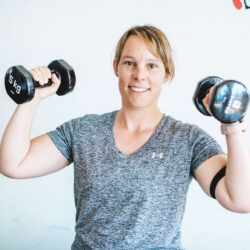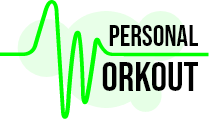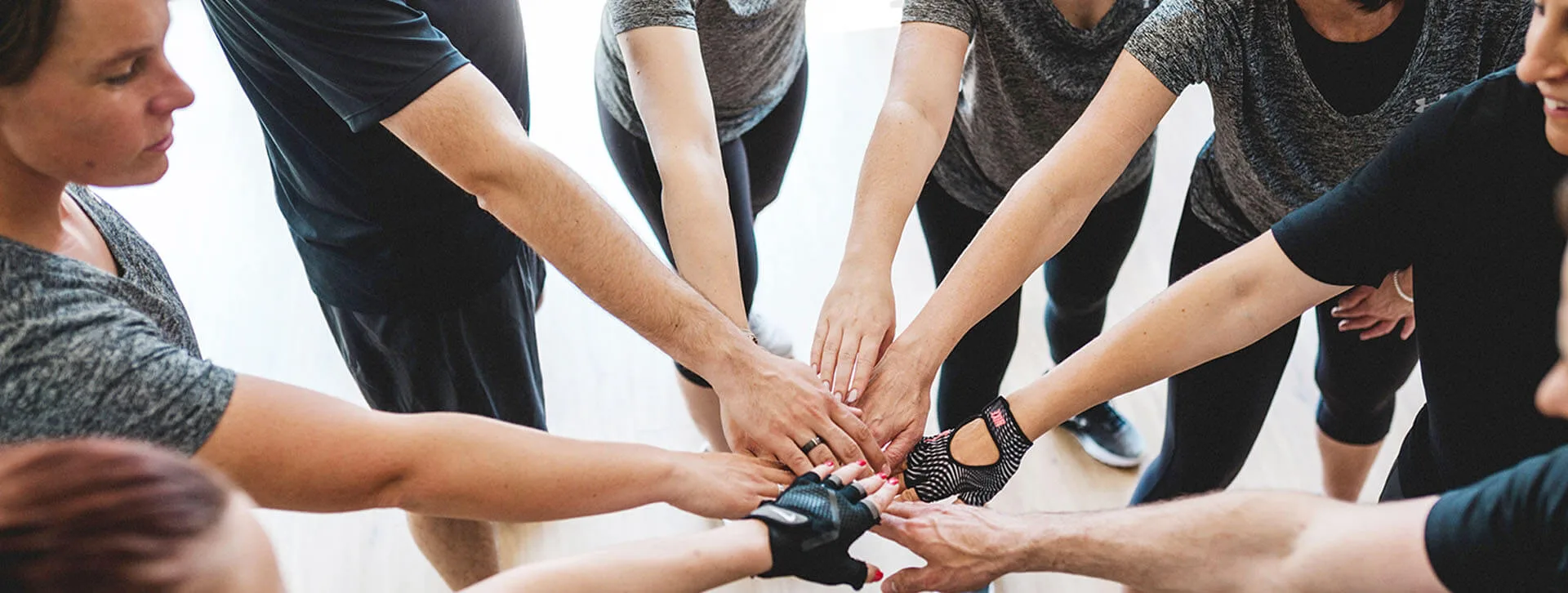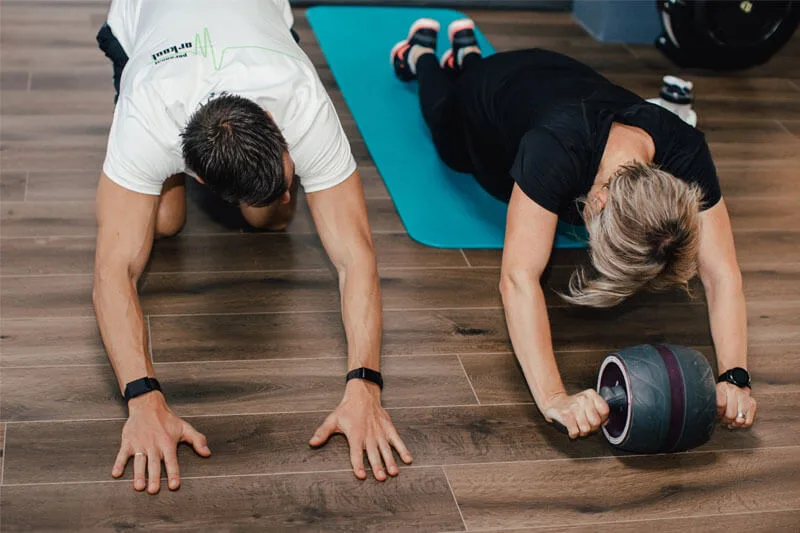Our Recommended Healthy Snacks Between Meals
We’re often asked which healthy small bites we recommend when hunger suddenly strikes. First things first: with regular meals in the right combination, you can prevent cravings most effectively. Still, there are plenty of reasons why between-meal snacks can become necessary or helpful. In this post, we dig into the topic of snacking and share practical tips so you’ll no longer have to wonder which snack best supports your fitness goal.
Reasons Why Between-Meal Snacks Become Necessary
The following reasons can lead you to crave a between-meal snack — or make it smarter to plan one in the first place.
- The macro composition of the meal wasn’t right.
- You skipped a meal.
- The intervals between meals are too long.
- The portion size or total calories weren’t sufficient.
- You want to gain mass.
- Other reasons
Below, we go into each of these points and offer tips on whether—and if so, what—you can improve..
The Meal’s Composition Isn’t Right
When we talk about composition in this context, we mean the macronutrients and their ratio, type, and processing.
Let’s start with macronutrient ratios. There are three macronutrients: carbohydrates, fats, and proteins. They all have different roles and are digested and metabolised differently. For example, protein requires particularly high energy to digest. Almost a third of its contained energy is burned during digestion. That’s an advantage if you need or want to watch calories. At the same time, protein is very satiating and thus helps prevent a quick return of hunger.
There are differences with fats as well. Saturated fats take longer to break down than unsaturated fats. Last but not least—and many readers will already know this—there are also major differences in how carbohydrates are digested and metabolised. In addition to the fact that they require different membrane proteins for uptake—so-called GLUT transporters (which are proteins) that work with or without an energy cost depending on the subtype—the structure of the carbohydrates, and thus how they are broken down, has a strong impact on metabolism and digestion. More on that in a moment.
Conclusion on macronutrient ratios: ideally, a meal should include a bit of all macronutrients, especially protein. You can read more about the optimal protein amount in this article. Carbohydrates and fats should make up the remainder and be adjusted to timing, duration, and intensity of your activity.
Back to carbohydrate structure and type. The less processed and therefore more complex—or, biochemically speaking, the longer-chained—the carbohydrates are, the longer the body takes to break them down. This principle also applies when carbohydrates are eaten together with protein and fat, which is why the ratio mentioned above is additionally important.
A slower breakdown is often desirable because carbohydrates—i.e., the end product glucose—trigger insulin release. This response is greater and faster the higher the glycaemic index (GI) or glycaemic load (GL), which also factors in portion size. Glucose (dextrose) has a GI of 100 and is absorbed into the blood and cells the fastest, which is why it is used in cases of circulatory problems. The following table shows the GI and GL of various foods per portion. Under this link you’ll find more on the topic and on the definitions of GI and GL.
| Food | Glycaemic Index (GI) | Glycaemic Load (GL) per serving | GI rating | GL rating |
| Bread/Grains/ Potatoes | ||||
| White bread (wheat) | 75 | 9–10 | high | low/medium |
| Whole-grain bread (whole kernels) | 52 | 6–9 | low | low |
| Cornflakes | 81 | 20 | high | high |
| Oatmeal (porridge) | 55 | 13 | low | medium |
| White rice (cooked) | 73 | 35 | high | high |
| Basmati rice (cooked) | 57–58 | 22 | medium | high |
| Whole-grain spaghetti | 42 | 17 | low | medium |
| Boiled potatoes | 70 | 25 | high | high |
| Sweet potatoes | 50 | 12–13 | low | medium |
| Fruit | ||||
| Watermelon | 72–76 | 4–8 | high | low |
| Banana (ripe) | 51–58 | 11–13 | low/medium | medium |
| Apple (raw) | 36–39 | 6 | low | low |
| Orange | 40–43 | 4–5 | low | low |
| Legumes | ||||
| Lentils (cooked) | 29–32 | 7 | low | low |
Source: Gemini
In people with a healthy metabolism, blood sugar regulation generally works well (it’s always interesting to test this with glucose monitoring). n individuals who are less insulin-sensitive, i.e., have prediabetes, signs of so-called reactive hypoglycaemia can appear 2-5 hours after a carbohydrate-rich meal with a high GI and/or GL. Among other things, this can trigger cravings or a desire for sweets. Switching to less processed carbohydrates with a lower GI may help. GI and GL also matter in healthy people, because regularly consuming too much of these foods can contribute to prediabetes and diabetes. In addition, insulin inhibits lipolysis (fat breakdown). The goal, therefore, is to keep blood sugar as stable as possible.
If your breakfast mainly consists of carbohydrates with a high glycaemic index or load—such as white bread or cornflakes—that’s not ideal and can lead to craving a snack again soon.
So what should you have for breakfast? If your morning involves little activity, we recommend a breakfast built around high-quality proteins and fats, such as eggs, meat, or dairy products like quark and cheese. You can find more nutrition tips for before and after training here . But what if you skip breakfast?
You Skip Meals
The meal most commonly skipped is breakfast. This is then justified with the nice-sounding “I’m doing intermittent fasting” (more on that later). As you’ve already read above, large blood sugar swings are not ideal. In addition to insulin, which lowers blood sugar, we have four hormones that can raise it. This may seem surprising, but it makes sense, because blood sugar that drops too low is life-threatening. The four hormones are glucagon, cortisol, adrenaline, and HGH. You can read details about their effects—and why skipping meals and/or cortisol can lead to fat storage around the abdomen (apple shape)—in our blog post on body types.
At this point, it’s worth noting that it is logical for the body to mobilise glucose itself during longer periods without food (and thus without glucose). This happens primarily via stored sugar, so-called glycogen. The breakdown of glycogen is called glycogenolysis. We store glycogen in the liver and in muscles, but muscle glycogen can only be used when that specific muscle is active. In other words, we can’t take glycogen from, say, the legs and use it elsewhere. That’s why it’s useful to tap into these reserves through exercise and strength training. The body then replenishes them via food or from fat stores.
The body can also perform what is known as gluconeogenesis—producing glucose from proteins and fats, i.e., without carbohydrates. This can occur via dietary intake (e.g., on a ketogenic diet) or from internal reserves. But, as noted, it draws on fats AND proteins. It is therefore incorrect to assume that, if you skip breakfast, the body simply uses only fat stores. Often it’s a mix of amino acids from non-essential muscle (when there’s no strength-training stimulus) and fat. Interestingly, the share of muscle loss increases not only with training abstinence (the body has no reason to keep it) but also as sleep duration gets shorter.
Last but not least, skipping lunch is pointless, because gluconeogenesis only really kicks in after about 8 hours—so the night is the better window than the day. You can read more about fasting, the variants, and their pros and cons in our dedicated post. If you want to learn more about hormones, organs, and metabolism, we recommend our article on boosting your metabolism.
The Intervals Between Meals Are Too Long
If the intervals between meals are too long, this may stem from the issue just discussed—skipping meals—but it can also be due to getting up very early and/or having a late lunch, or because lunch and dinner are too far apart, which we observe quite often.
The simplest and most sensible solution is to schedule your training in the afternoon. First, having a protein shake after training can prevent a catabolic state and keep you satisfied until dinner—optionally together with healthy carbohydrates (crackers, oats, fruit, etc.). Second, studies suggest this is generally an optimal time of day to train. That said, an “optimal” time is useless if it doesn’t fit your routine or leads you to skip every other session. So what if afternoon training isn’t feasible, or the gap between breakfast and lunch is too long? In that case, it makes sense to include a between-meal snack and account for it within your total daily calorie target. You’ll find our recommended snack list in the conclusion.
The Portion Size or Total Calories Are Off
It’s quite possible you’re simply not eating enough—and that’s why you’re getting hungry. We see this especially often in women. Even in a calorie deficit, foods like fibre, protein, and minimally processed options help you stay full longer. In other words: with vegetables, protein, and carbohydrates with a low glycaemic load (see above), you can eat larger volumes without taking in more calories.
Last but not least, you may also be moving more than your intake allows. That, too, puts you in a calorie deficit, and your body may respond with hunger. We explain how to calculate your daily calorie needs in this article.
You Want to Gain Mass
We’ll keep this one brief. Few people want to gain mass—and those who do usually don’t want to read about eating, because that’s the hardest part of building mass. That said, at some point it becomes unavoidable: between-meal snacks are necessary to hit the required calories. You can find more on this in our article on bulking and nutrition.
OTHER REASONS
Besides the reasons mentioned—often linked to blood sugar fluctuations—there are other drivers of hunger or cravings. We’ll keep this brief and link to posts where we’ve covered these topics.
- Sleep deprivation — what ghrelin and leptin have to do with hunger.
- Emotions — how stress or frustration can affect eating and hunger.
- Hormonal fluctuations — e.g., how menopause changes your metabolism and hunger.
- Nutrient deficiencies — why nutrients like magnesium or carnitine are essential for your metabolism.
Conclusion – when you need a snack and which ones we recommend
In summary, it may seem as if between-meal snacks are something negative or only necessary when you want to build muscle mass. That’s not the case. As described above, regular meals make sense. If seven hours lie between two meals, that’s too long for many people. The same applies if you skip breakfast. We generally don’t recommend fasting, as mentioned, but there are cases where it can make sense. In such cases, a mid-morning snack (“z’Nüni”) can be helpful. People who are “metabolically inflexible” and quickly need carbohydrates again—or who later suffer from cravings—also benefit from between-meal snacks. The following (non-exhaustive) list is meant to help you choose healthy snacks and between-meal options.
- Healthy nuts such as almonds, walnuts or cashews, or seeds such as pine nuts, are easy to carry and healthy. They’re also protein-rich. Yes, they’re calorie-dense and should therefore be eaten in moderation.
- Dried meats such as Bündnerfleisch, Mostbröckli, or sliced chicken (from Switzerland; not always easy to find) are good protein sources and healthy when consumed in sensible amounts.
- A snack based on protein-rich dairy products such as plain skyr, low-fat quark or cottage cheese. Optionally, you can “boost” these with berries or other fruit. The thinner the peel, the generally lower the fructose content and the lower the glycaemic index.
- Hard-boiled eggs or liquid egg white, as offered by Oh with his drink.
- Last but not least, our healthy PwVr protein bars—if you don’t yet know them or their origin story, have a look at this article.
Enjoy your snacking!
Challenge of the Month
What Clients Say





















